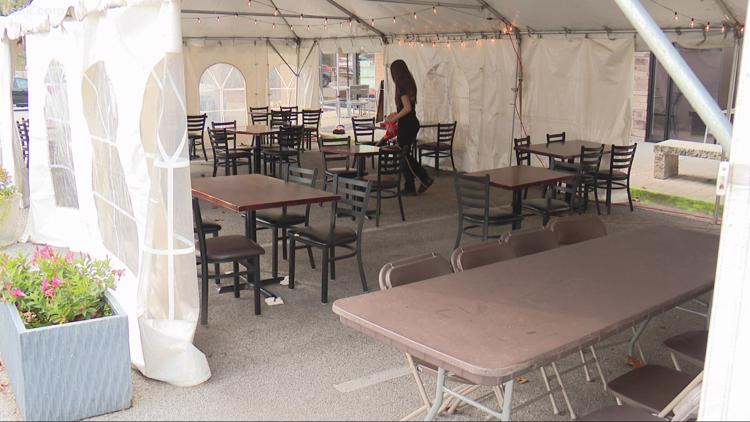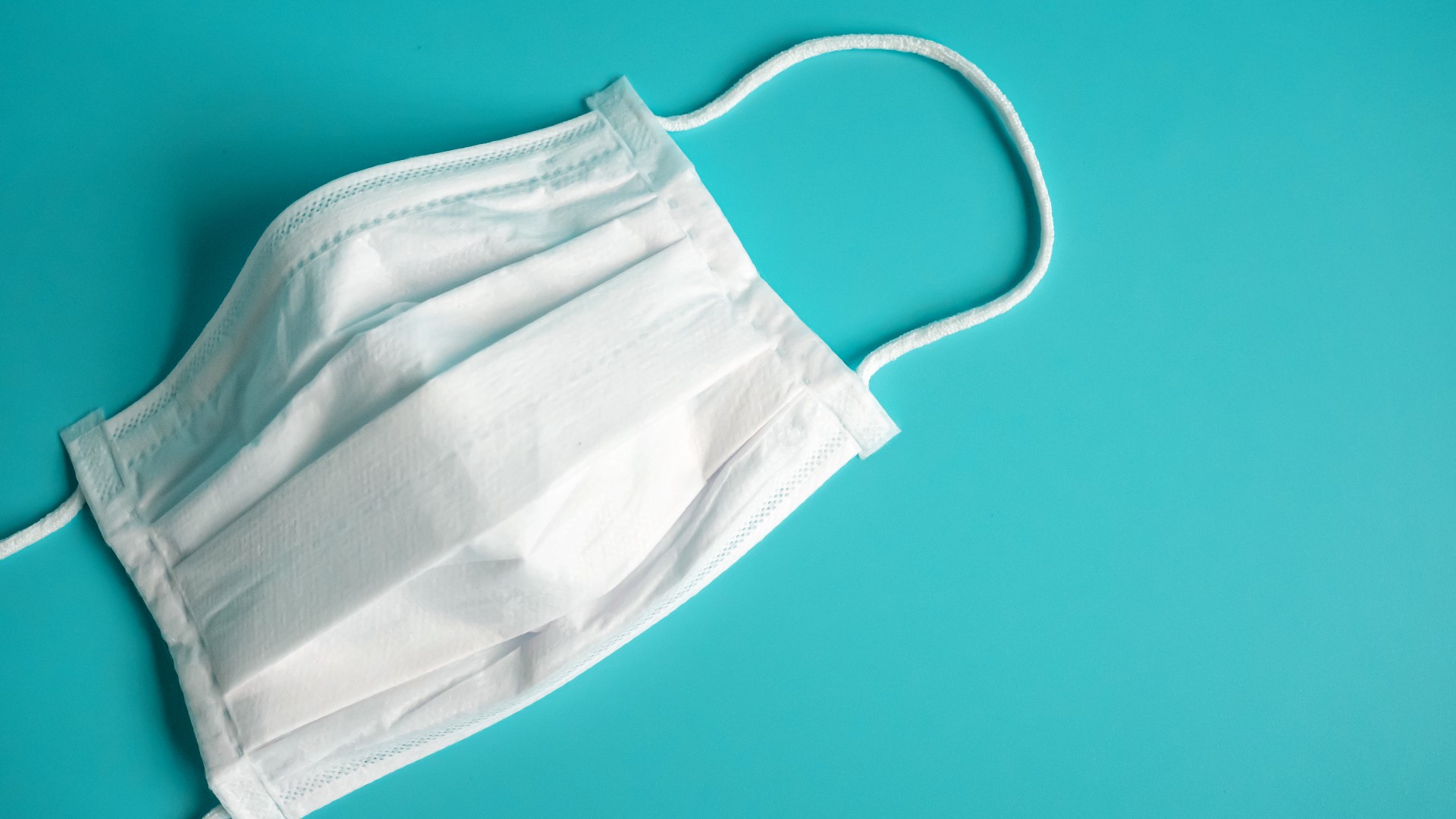ST. LOUIS — Whether you're going out to eat on a patio or attending a socially distanced backyard gathering with friends, the cure for cabin fever for many has been to get outside.
How can fresh air keep COVID-19 from spreading--even as the weather forces us back indoors?
“We've learned early on that ventilation helps, so having more airflow through an environment works,” said Dr. Jason Newland, infectious disease doctor with Washington University and Barnes Jewish Hospital.
That's partially because it's easier to stay at least 6 feet apart when you have more space to do so, like in a back yard. The fresh air also essentially helps dilute COVID particles that might hang in more stagnant indoor air.
“You need new fresh air coming in. And that's where this notion of opening our windows, our doors may help,” said Dr. Newland, emphasizing that it is still most important to keep indoor groups small.
“It's much less risk, but the risk is not gone,” agreed Dr. Tim Wiemken, a researcher with the St. Louis University Center for Outcomes Research.
RELATED: St. Louis area sets record for hospitalizations, Missouri reports more than 5,000 new COVID-19 cases
Spaces that open up, like garages, could bring some benefits of the outdoors in. However, tents and other closed structures might not do much good.
“You can you can try to play the game, but it doesn't change the virus and the way it transmits,” said Wiemken. “So, you know, if you if you're in an enclosed area and there's no airflow that's inside, and that's a high-risk environment.”
Sharing a table, both agree, poses extra dangers for sharing the virus.
“I think people have hope that if I'm just outdoors, that there's no risk,” said Newland. “There's still a risk. If you're eating, you're unmasked within 6 feet and especially within 3 feet, even with the outdoor setting, it’s not foolproof.”
Newland and Wiemken both said that no amount of airflow is a substitute for social distancing, staying 6 feet apart indoors, outdoors, and anywhere in between.
“What people need to know, the main way that this virus is transmitted is person to person. Unmasked people within 6 feet is the main way that this is transmitted,” said Newland. "It's not going to just blow away.”
“If you're close to somebody, it doesn't matter if you're inside or outside,” said Wiemken. “If you're right next to them, that virus is getting directly from you to them.”



